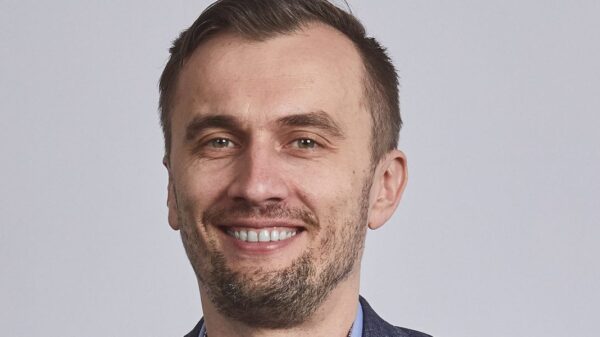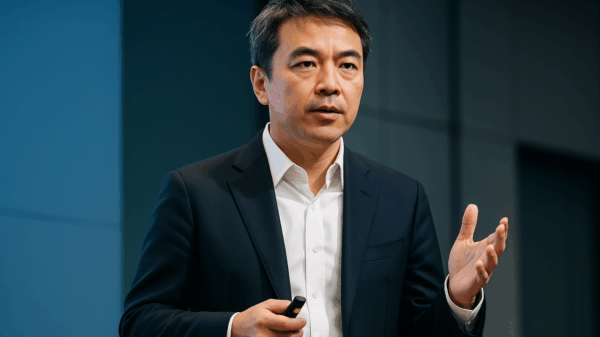Healthcare startup Qure.ai is focusing on partnerships with central and state governments to expand its artificial intelligence diagnostic tools, especially in addressing diseases such as tuberculosis (TB). This shift towards public sector contracts comes as the adoption of AI in India’s private healthcare sector remains sluggish.
Despite currently generating less than 5% of its overall revenue from India, CEO and founder Prashant Warier sees a “substantial opportunity” in the public health market, especially against the backdrop of India’s significant TB burden. According to the WHO’s Global Tuberculosis Report 2025, India accounted for 25% of global TB cases in 2024, predominantly affecting public health systems.
Warier stated, “If you look at TB, it is the public sector government hospitals that have TB and one-fourth of the world’s TB cases. So, we said, ‘Why shouldn’t we solve the TB problem in India?’” This commitment has led Qure.ai to sharpen its focus on government partnerships over the past year, with Warier anticipating major achievements in this regard.
“As a market in India, we are focusing on providing TB solutions to the Indian government, both state and central government. And there we feel there is a substantial opportunity to build a large commercial organization in India focused on the Indian government for TB,” he added. Warier expects to see significant results from these initiatives in the next year or two.
See also ALX, Anthropic, and Rwanda Launch AI Companion Chidi to Transform Education Across Africa
ALX, Anthropic, and Rwanda Launch AI Companion Chidi to Transform Education Across AfricaCurrently, Qure.ai is collaborating with the Indian Council of Medical Research (ICMR) and the central government on TB screening programs. The company has also established key state-level partnerships in Goa, Karnataka, and Jammu and Kashmir. Earlier this year, they began providing their AI stroke screening tool to the Punjab government for use in selected district hospitals.
Warier indicated that successfully entering the government market could substantially increase Qure.ai’s reach within India. While the company works with approximately 4,500 hospitals globally, only about 5-10% of these are currently located in India. The aim is to add up to 3,000 hospitals worldwide this year, and Warier noted that a single deployment could reach hundreds of hospitals at once.
Leveraging Public-Private Partnerships
Diagnostics companies are increasingly utilizing the Public-Private Partnership (PPP) model, which can serve as an effective framework for AI firms to integrate their technology. Warier confirmed that Qure.ai plans to engage either directly with governments or collaborate with companies involved in PPPs. This strategy is not unique to Qure.ai; other health AI companies, such as Niramai Health Analytix, have similarly partnered with state governments.
While India presents a promising opportunity for future growth, Qure.ai’s current revenue is primarily generated from international markets. The U.S. accounts for about one-third of its overall revenue, with Europe contributing around 10-15%, and the remainder coming from low- and middle-income countries. Warier attributes the limited commercial opportunity in India’s private sector to its smaller scale and the restricted capacity to invest in advanced AI solutions compared to insured markets like the U.S.
The company is also planning to intensify its efforts in European markets, including Germany, France, Spain, and the Netherlands, and is exploring acquisitions to enhance market access and product offerings. Financially, Qure.ai reported a 24.5% increase in operating revenue, amounting to ₹175.5 crore in fiscal year 2025. However, rising costs have resulted in an 87.5% increase in losses to ₹90 crore. The company has secured a total of $121 million in funding from investors like Peak XV Partners, HealthQuad, and Novo Holdings, with its most recent funding round in November 2024 valuing it at $264 million. Warier expects the company to achieve profitability within the next couple of years as its global and Indian public-sector initiatives gain traction.





































































